Iowa, located in the Midwest region of the United States, is an eye-catching state with its vast farmlands, friendly small towns, and cultural richness. Also known as the “Hawkeye State,” Iowa is not only about cornfields; it also offers visitors different experiences with its historic structures, natural parks, lakes, and modern cities. There are many places to discover for both nature lovers and cultural travel enthusiasts.
The state capital, Des Moines, stands out with its art galleries, botanical gardens, and historic government building, while in rural areas covered bridges, caves, and waterfalls attract nature lovers. In addition, the Iowa Great Lakes region is a popular destination for summer vacations, while historic settlements such as the Amana Colonies reflect cultural heritage. This diversity makes Iowa an attractive stop for travelers who want to experience both American culture and enjoy natural beauty.
1. Iowa State Capitol (Des Moines) – The state government building famous for its gold-covered dome.
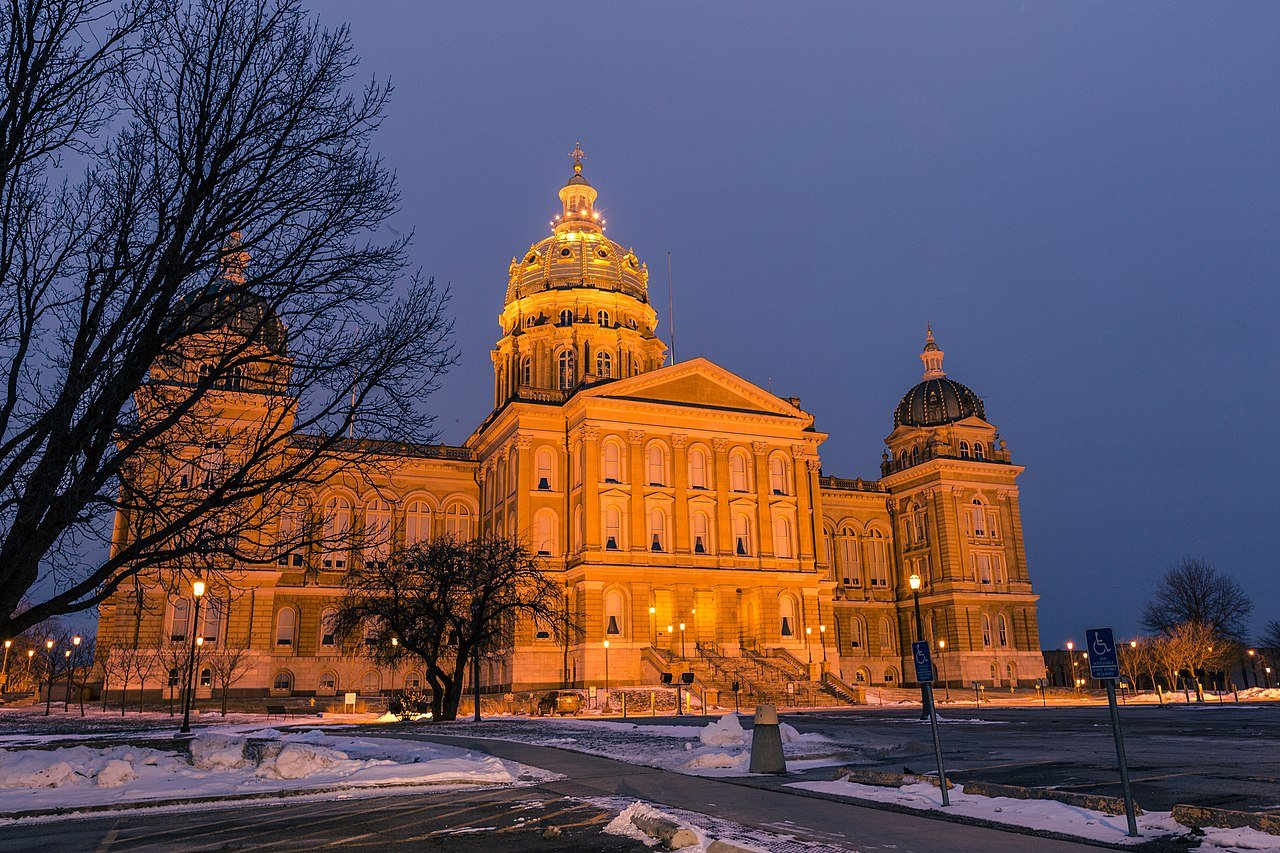
Iowa State Capitol (Des Moines) is a historic building located in the state capital, Des Moines, and stands out with its magnificent architecture. Completed in 1886, the building holds the distinction of being the only state government building in the United States with five domes. Its largest dome is adorned with gold plating and has become one of the city’s symbols. The interior of the structure, in the Neo-Classical architectural style, is enriched with marble columns, stained glass windows, and artistic details. Visitors have the opportunity to discover both the architectural splendor and the historical texture of the building.
The Capitol building houses state institutions such as the Iowa Senate, House of Representatives, and Supreme Court. In addition, it contains historical documents, artworks, and collections reflecting Iowa’s political past. Visitors can join guided tours to learn about the functioning of the state and also climb to the highest points of the building to watch the panoramic view of Des Moines. With these features, the Iowa State Capitol is a travel destination that is both architecturally impressive and historically informative.
2. Des Moines Art Center (Des Moines) – A museum where modern and contemporary artworks are exhibited.
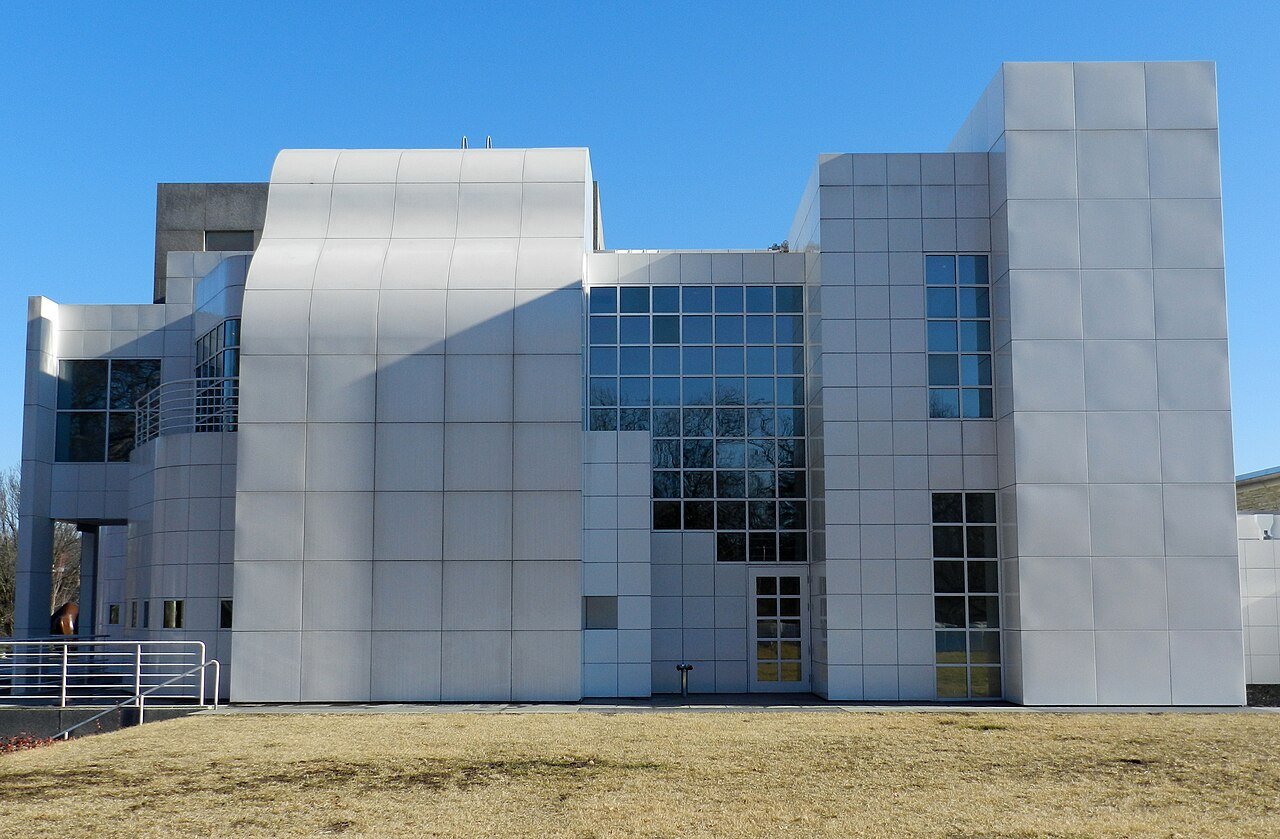
Des Moines Art Center (Des Moines) is an important cultural center that brings together leading works of modern and contemporary art. Opened in 1948, the museum houses works by world-renowned artists such as Pablo Picasso, Henri Matisse, Edward Hopper, and Georgia O’Keeffe. With a collection that includes paintings, sculptures, photographs, and examples of decorative arts, the museum presents visitors with different periods and movements of art. In addition, temporary exhibitions ensure that each visit offers a different experience.
Another striking aspect of the museum is its architecture. Different sections designed by famous architects such as Eliel Saarinen, I. M. Pei, and Richard Meier give the building a unique aesthetic character. Visitors not only see the works but also have the opportunity to experience the harmony between art and architecture. Free admission makes the Des Moines Art Center an easily accessible and attractive cultural stop for both locals and tourists.
3. Blank Park Zoo (Des Moines) – A popular zoo for families.
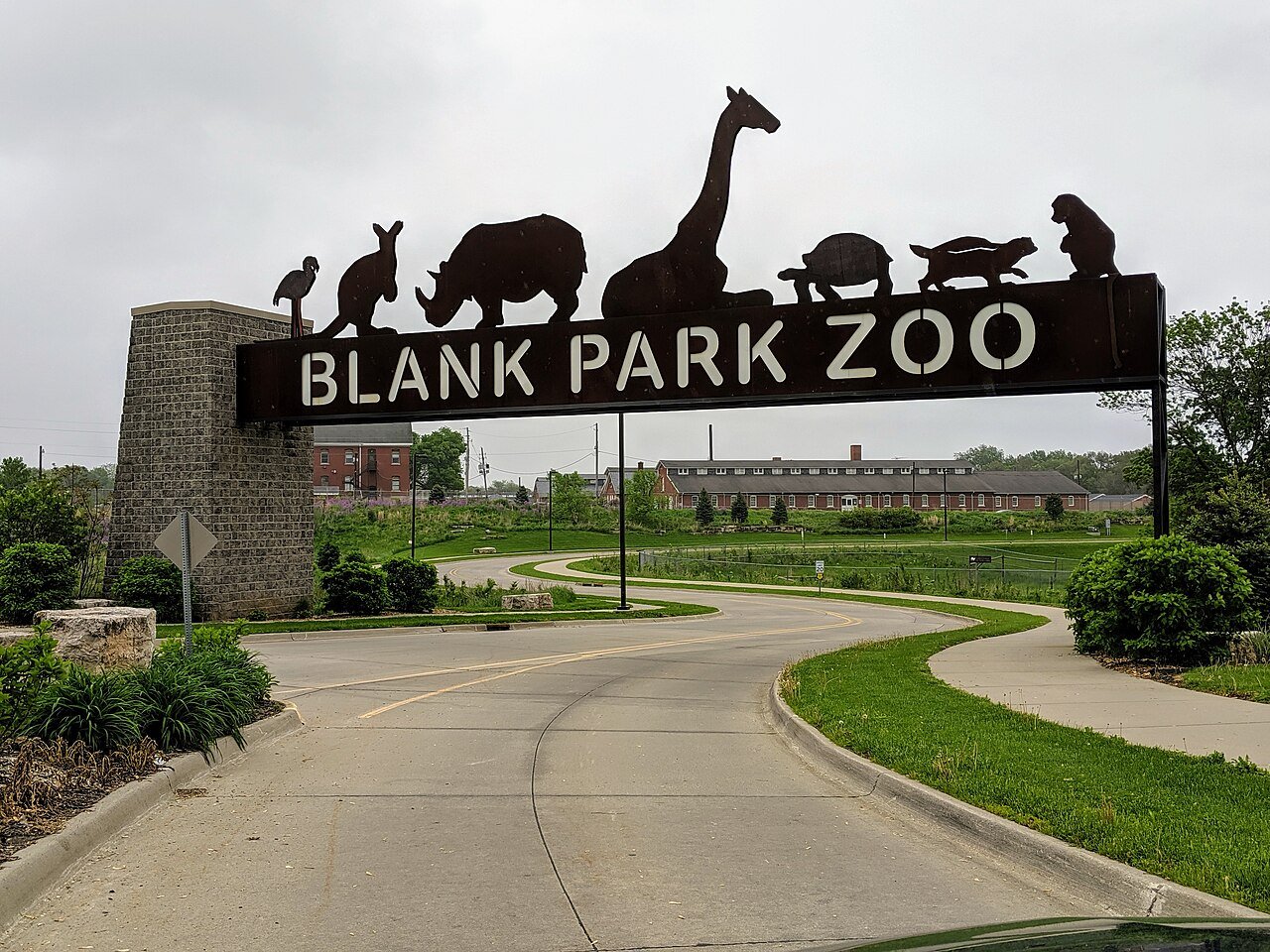
Blank Park Zoo (Des Moines) is Iowa’s largest and most popular zoo, making it an enjoyable destination especially for families. Established in 1966, this zoo covers an area of approximately 49 acres and is home to hundreds of animal species from different parts of the world. It is possible to see many creatures up close, such as lions, tigers, giraffes, lemurs, and sea lions. The educational programs and interactive activities offered for children make it both a fun and instructive experience.
In addition to the animals, Blank Park Zoo stands out with its exhibits that replicate natural habitats. Sections reflecting tropical rainforests, the African savanna, and the underwater world provide visitors the opportunity to explore different ecosystems. Furthermore, through special events, concerts, and wildlife conservation projects organized throughout the year, the zoo also aims to raise environmental awareness in the community. With these features, Blank Park Zoo stands out as a travel destination focused on both entertainment and learning.
4. Pappajohn Sculpture Park (Des Moines) – An open-air contemporary art sculpture park.
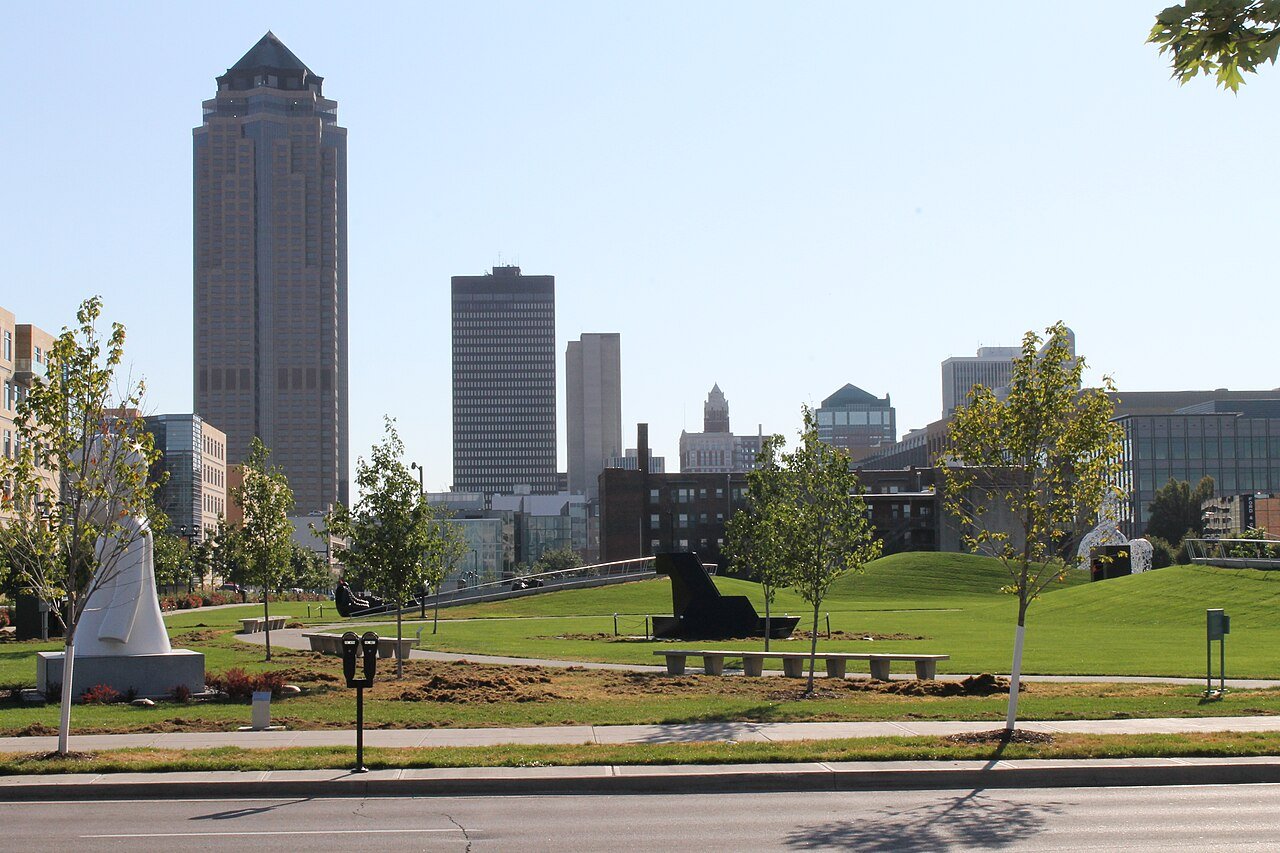
Pappajohn Sculpture Park (Des Moines) was opened in the city center in 2009 and quickly became one of the most popular cultural landmarks of Des Moines. Spreading over a large area of 4.4 hectares, the park is home to valuable contemporary artworks donated by John and Mary Pappajohn. More than 30 large-scale sculptures by world-renowned artists such as Louise Bourgeois, Jaume Plensa, Deborah Butterfield, and Yoshitomo Nara are exhibited here. The park offers an open-air gallery experience both for art lovers and for visitors who want to spend pleasant time in the city.
One of the appealing aspects of the park is that it is open for free access 24 hours a day. During the daytime, the sculptures are visited by families and tourists, while at night they create a different atmosphere thanks to special lighting. In addition, the park also hosts various cultural events, concerts, and community activities throughout the year. For those who want to see impressive examples of modern art and feel the vibrant city life of Des Moines, Pappajohn Sculpture Park is an unforgettable stop.
5. Amana Colonies (Amana) – A historic German-origin settlement dating back to the 19th century.
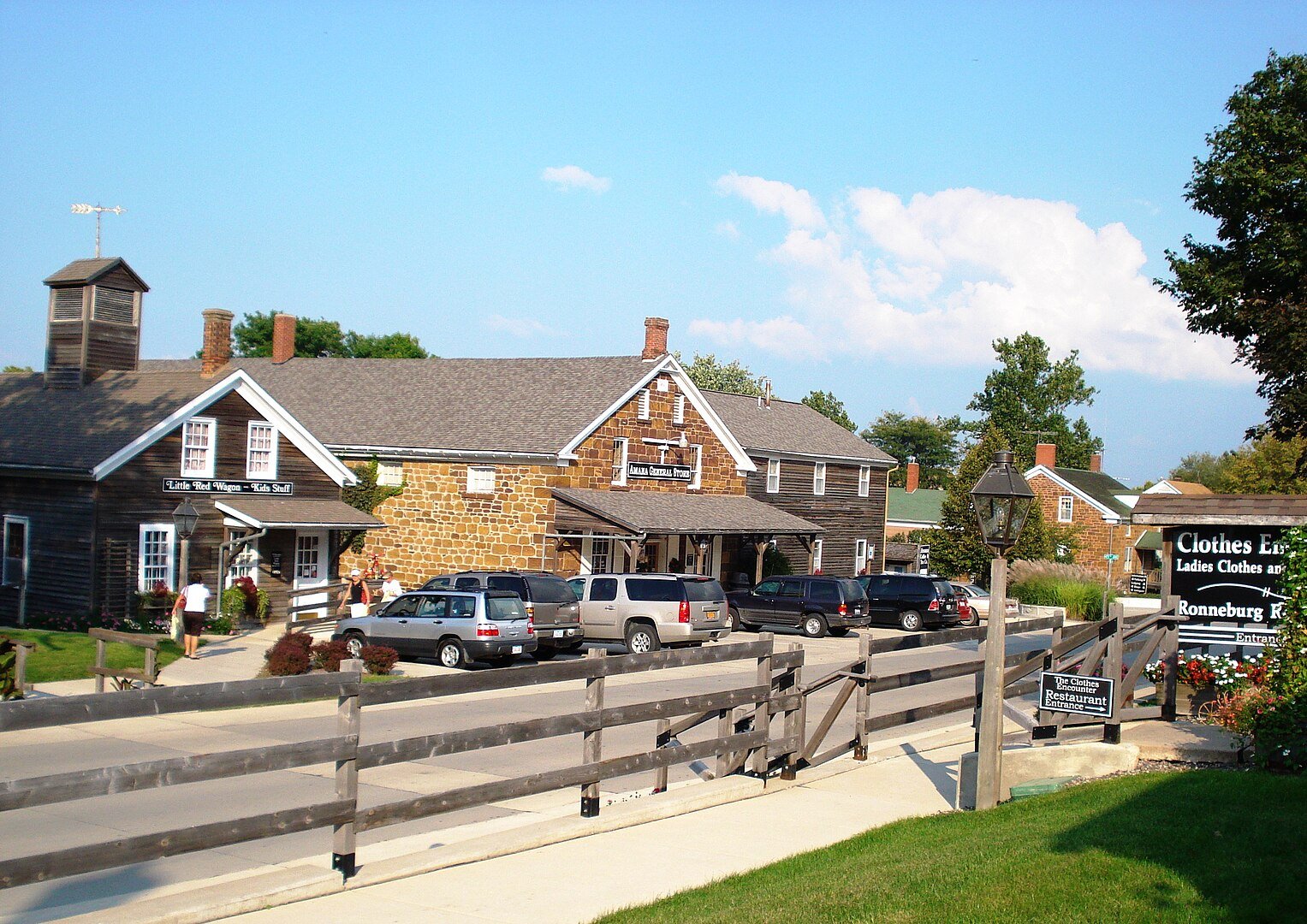
Amana Colonies (Amana) is one of the most remarkable historic regions of Iowa and was founded in the 19th century by a religious community that emigrated from Germany. Consisting of seven small villages, this settlement stands out with its communal lifestyle and handicrafts. For many years, the Amana people lived under a closed economic system and became known for agriculture, handmade furniture, weaving, beer production, and culinary culture. Today, visitors have the opportunity to explore the German-origin heritage by touring museums, historic houses, and workshops that reflect this authentic way of life.
Amana Colonies is also a lively center with its cultural events and festivals. Restaurants that introduce German cuisine, boutique shops selling handmade products, and wine tasting spots attract tourists. Throughout the year, Oktoberfest, winter festivals, and craft fairs add a special vibrancy to the region. For both history enthusiasts and those seeking cultural experiences, Amana Colonies is a unique destination that reflects Iowa’s past and multicultural character.
6. Maquoketa Caves State Park (Maquoketa) – A national park famous for its natural caves.
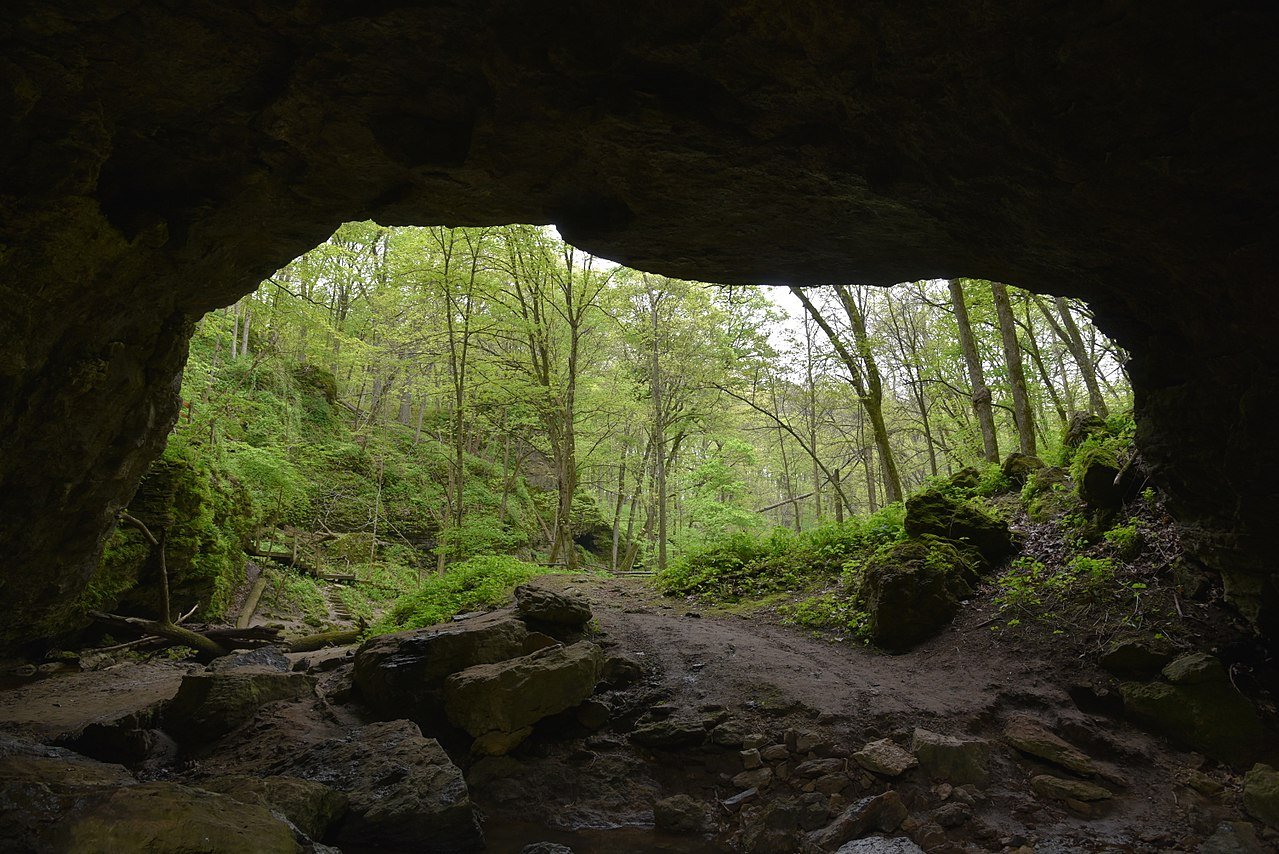
Maquoketa Caves State Park (Maquoketa) is one of Iowa’s most popular natural areas and is home to the largest cave system in the state. The park contains more than 16 caves of various sizes, and visitors encounter the mysterious side of nature while exploring them. Highlighted caves such as Rainbow Cave, Dancehall Cave, and Hernando’s Hideaway are ideal spots for both hiking and exploration. With its rock formations, natural bridges, and karstic structure, the park offers a unique experience for photographers and nature enthusiasts.
Beyond the caves, the park also stands out with its rich hiking trails. During walks, visitors can observe rocky valleys, dense forests, and wildlife. Especially in spring and summer, blooming wildflowers, and in autumn, the riot of colors make the area even more attractive. Equipped with picnic areas and camping facilities, Maquoketa Caves State Park is an unforgettable stop for those who want to be alone with nature.
7. Field of Dreams Movie Site (Dyersville) – The iconic baseball field that hosted the famous “Field of Dreams” movie.
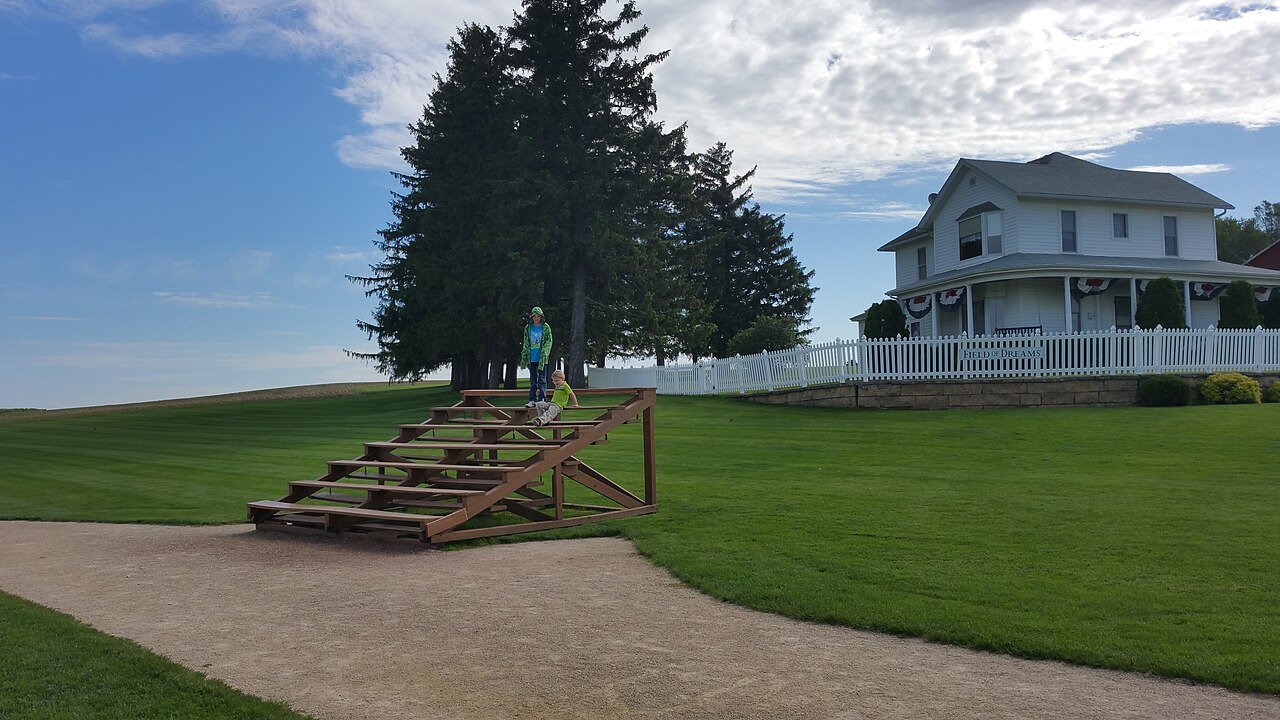
Field of Dreams Movie Site (Dyersville) is the iconic baseball field where the 1989 movie “Field of Dreams” was filmed, carrying special meaning for both cinema and sports enthusiasts. Starring Kevin Costner, the film gained a deep place in American culture and turned this field into a sacred destination. Located in the middle of Iowa’s rural cornfields, this baseball field stands out as a place that both evokes the nostalgic atmosphere of the film and offers a genuine American experience.
Visitors can walk on the field, play baseball, or explore the spots where scenes from the movie took place. The site also hosts events throughout the year; special games played by Major League Baseball (MLB) teams on the field have made it even more famous. With a gift shop and guided tours, visitors can both collect souvenirs related to the movie and get to know the American baseball tradition more closely. The Field of Dreams Movie Site is an unforgettable stop in terms of both film history and sports culture.
8. Herbert Hoover Presidential Library and Museum (West Branch) – A museum dedicated to Herbert Hoover, the 31st President of the United States.
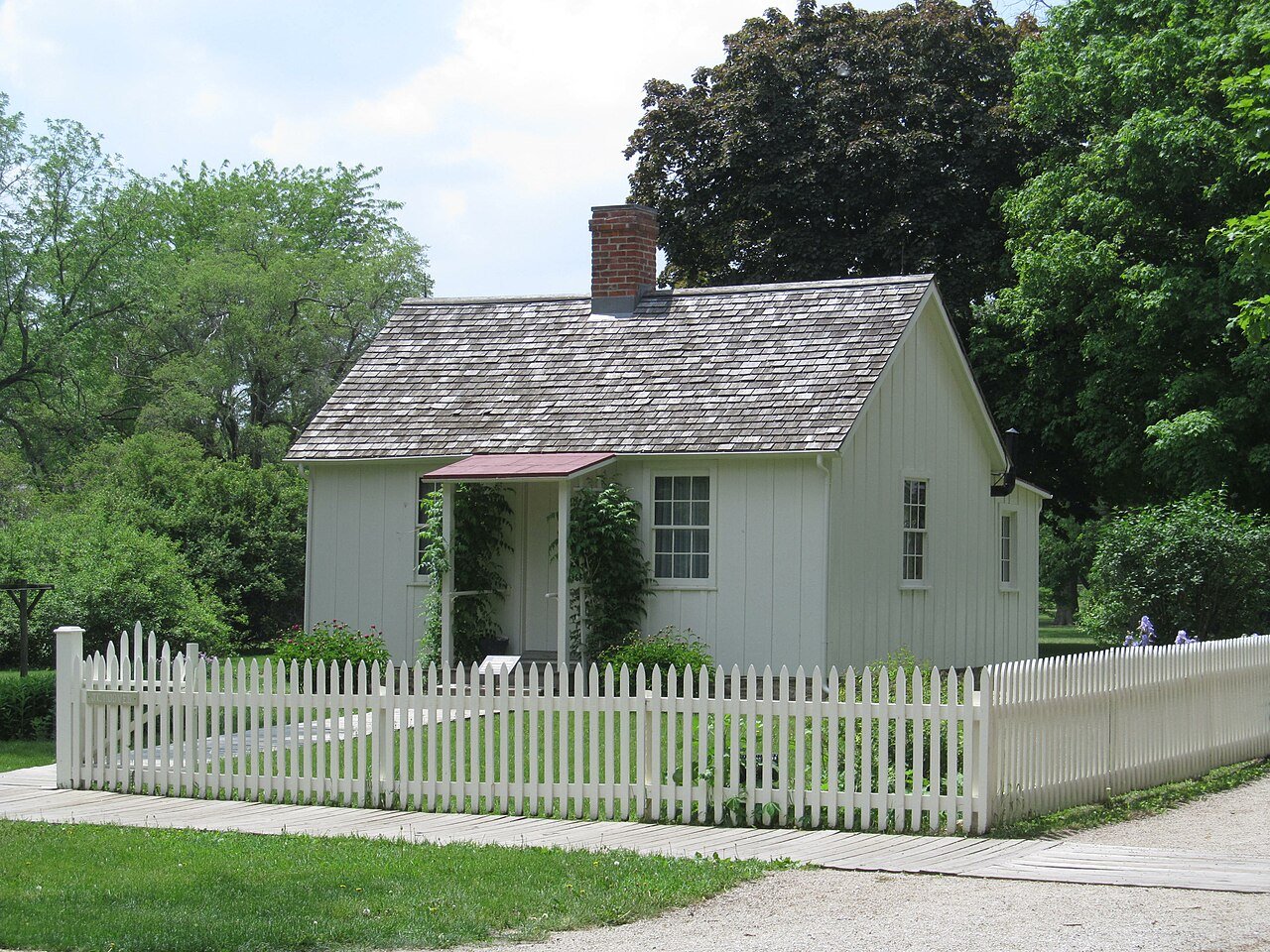
Herbert Hoover Presidential Library and Museum (West Branch) is an important cultural site dedicated to the life and legacy of Herbert Hoover, the 31st President of the United States. Opened in 1962, this museum and library complex presents detailed exhibits that trace Hoover’s life from his childhood years to his presidency. Visitors have the opportunity to explore both the political and human sides of Hoover through personal belongings, documents, photographs, and objects from the period.
The museum sheds light not only on Hoover’s presidential years but also on his career filled with humanitarian work. His role in relief organizations, considered predecessors of the United Nations, and his food aid to post-war Europe are highlighted here. The fact that Hoover’s birthplace home is also located within the museum area allows visitors to see his humble origins. In this respect, the Herbert Hoover Presidential Library and Museum is a unique stop for understanding both American political history and global humanitarian values.
9. Effigy Mounds National Monument (Harpers Ferry) – Animal-shaped mounds built by Native peoples.
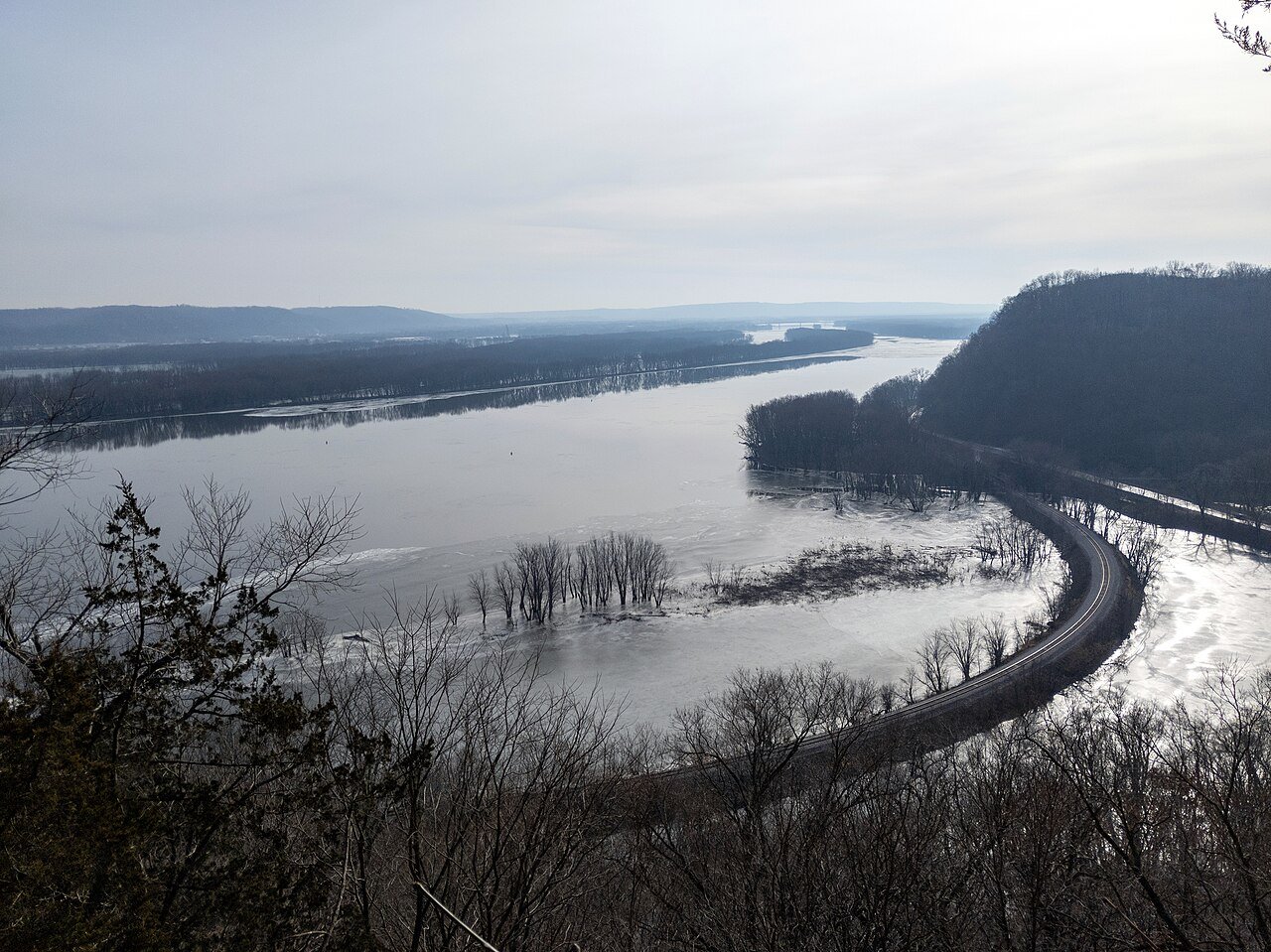
Effigy Mounds National Monument (Harpers Ferry) is one of the most impressive archaeological sites in North America and is known for the animal-shaped mounds built by Native peoples thousands of years ago. More than 200 earth mounds found here draw attention with forms resembling animals such as birds, bears, and snakes. These structures provide important clues about the religious ceremonies, burial sites, and social lives of the Native peoples. Combined with the natural scenery along the Mississippi River, this sacred site offers both a cultural and spiritual experience.
Visitors can explore these mounds along the walking trails within the park while also enjoying the natural beauty of the region. From the forested hills, panoramic views of the Mississippi River can be seen, creating a journey where history and nature intertwine. The area has also been preserved to honor the heritage of Native peoples and offers visitors the chance to recognize the values of this ancient culture. Effigy Mounds National Monument is an unforgettable Iowa stop for both history enthusiasts and nature lovers.
10. National Mississippi River Museum & Aquarium (Dubuque) – A museum that showcases the nature and history of the Mississippi River.
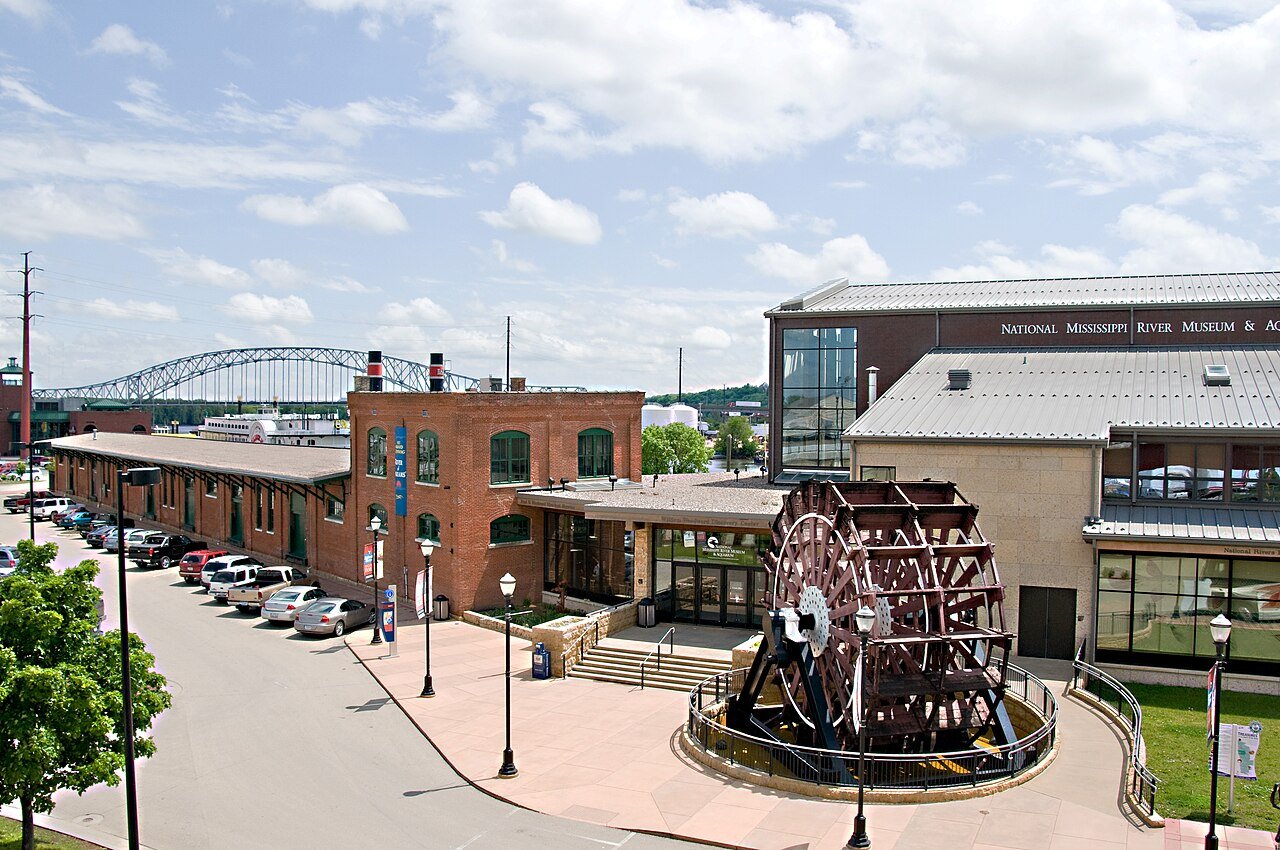
National Mississippi River Museum & Aquarium (Dubuque) is a comprehensive center that introduces the history, culture, and ecosystem of the Mississippi River, one of America’s most important waterways. The museum showcases both historical exhibits and live aquarium sections to highlight the river’s role from past to present. Steamboats, fishing culture, the lives of Native peoples, and the river’s place in the American economy are presented in detail here. In addition, regional fish species, reptiles, and aquatic animals can be seen up close in the aquarium sections.
Visitors both have fun and learn through interactive exhibits and 4D cinema experiences. Among the outdoor exhibits are historic boats and ships, while special educational programs for children make family visits even more enjoyable. The museum also aims to create environmental awareness by promoting the preservation of the Mississippi River. In this respect, the National Mississippi River Museum & Aquarium is one of Iowa’s richest cultural stops for both history and nature enthusiasts.
11. Iowa State Fairgrounds (Des Moines) – The fairgrounds that host the famous Iowa State Fair every year.
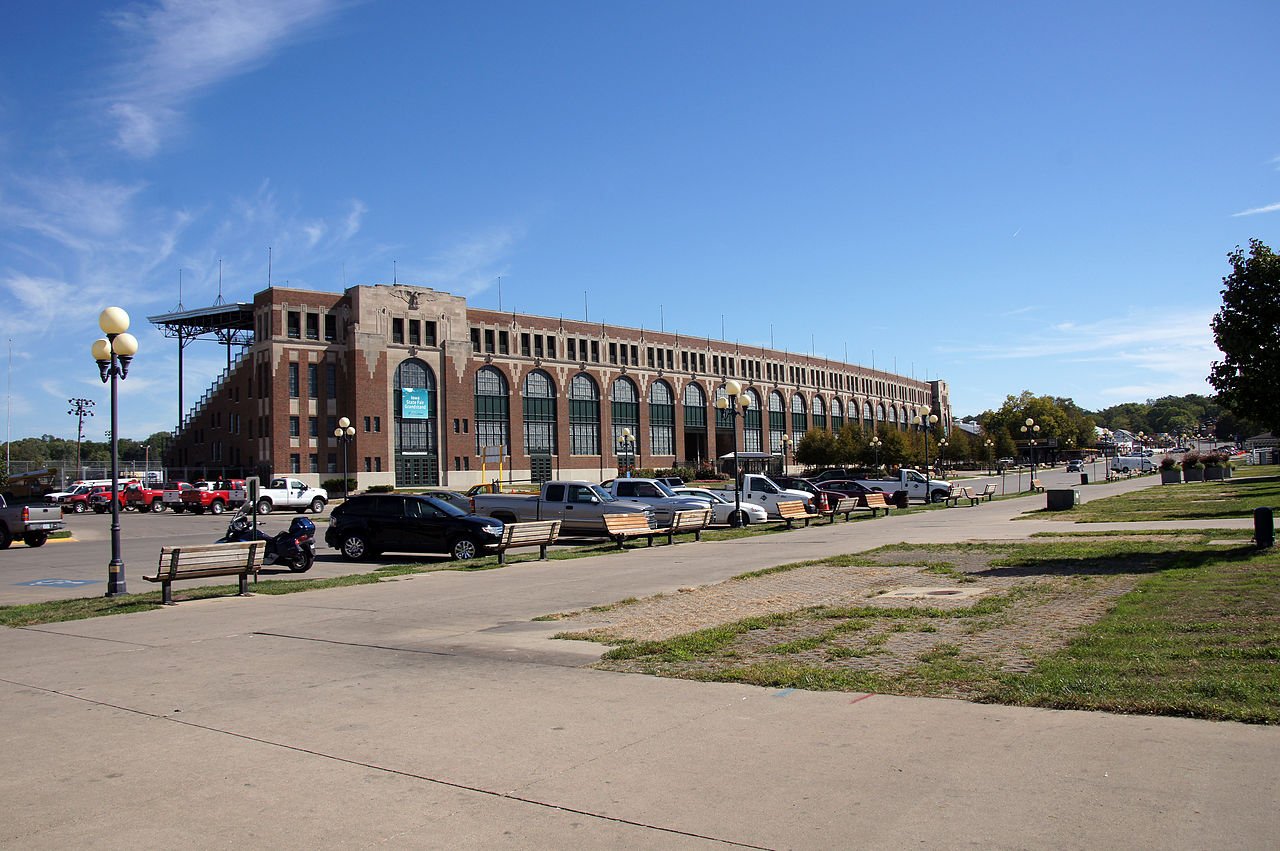
Iowa State Fairgrounds (Des Moines) is known for hosting the Iowa State Fair, one of America’s most famous and long-established fairs. Held every August since 1854, this fair has welcomed millions of visitors and celebrates Iowa’s culture, agriculture, art, and cuisine. The fairgrounds feature massive amusement rides, live music performances, agricultural exhibits, and famous livestock competitions. Especially the giant butter sculptures and the state’s renowned foods offer visitors an unforgettable experience.
Beyond the fair, the Iowa State Fairgrounds also open their doors to different events throughout the year. Concerts, craft festivals, car shows, and community activities are organized in this large area. Thanks to its historic buildings and spacious open areas, the fairgrounds serve as a cultural hub not only during the Iowa State Fair but also throughout the entire year. This is a must-see spot for those visiting Iowa, ideal for experiencing both entertainment and traditional American fair culture.
12. Greater Des Moines Botanical Garden (Des Moines) – Tropical plants and botanical exhibits.
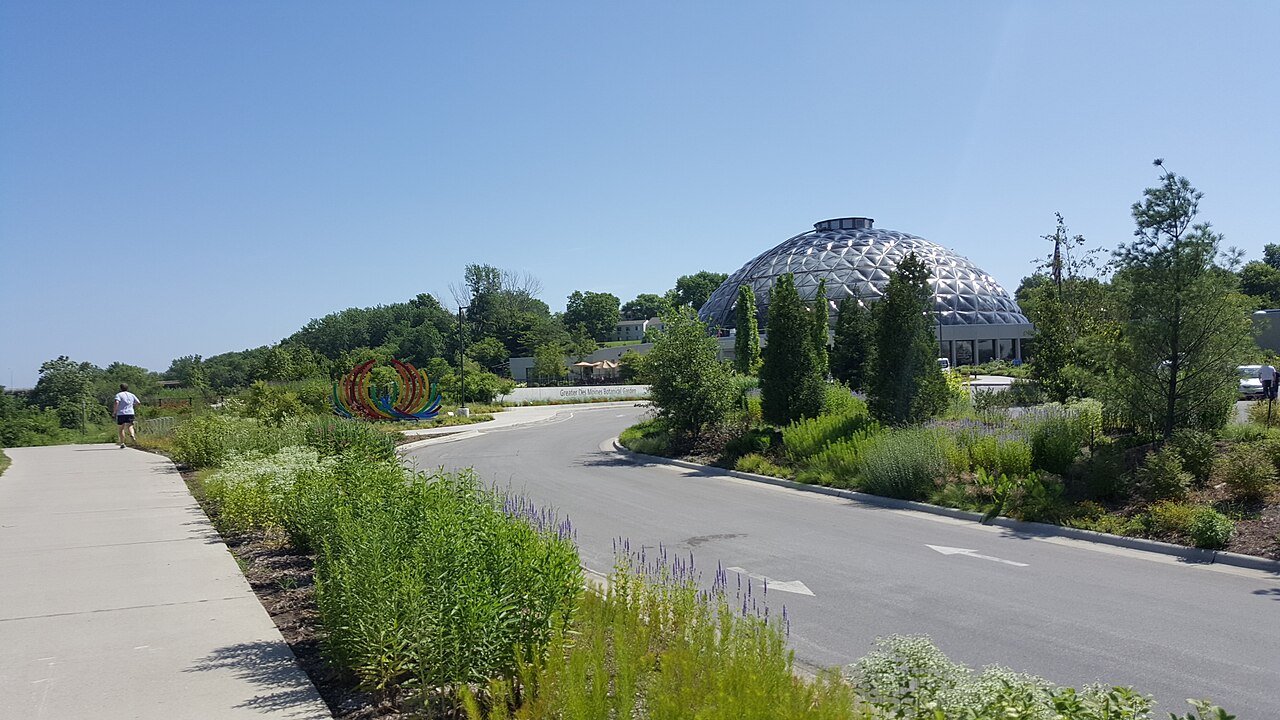
Greater Des Moines Botanical Garden (Des Moines) is one of the most peaceful and colorful spots in the city for nature and plant lovers. Located along the Des Moines River, this botanical garden stands out especially with its giant domed greenhouse where tropical and exotic plants are displayed. Inside, there are palm trees, orchid collections, and rare plant species. Visitors embark on a botanical journey around the world by seeing plants brought from different climate regions.
In the outdoor area of the garden, there are seasonal flowers, themed gardens, and walking paths. The Japanese garden, rose garden, and river-view landscapes provide ideal settings for photography enthusiasts and romantic outings. In addition, with educational programs, exhibitions, and workshops organized throughout the year, visitors not only enjoy the beauty but also have the chance to improve their botanical knowledge. The Greater Des Moines Botanical Garden is an indispensable stop for those who want to be close to nature in the city center.
13. Iowa Great Lakes (Okoboji Lakes Region) – A lake region famous for resorts, beaches, and water sports.
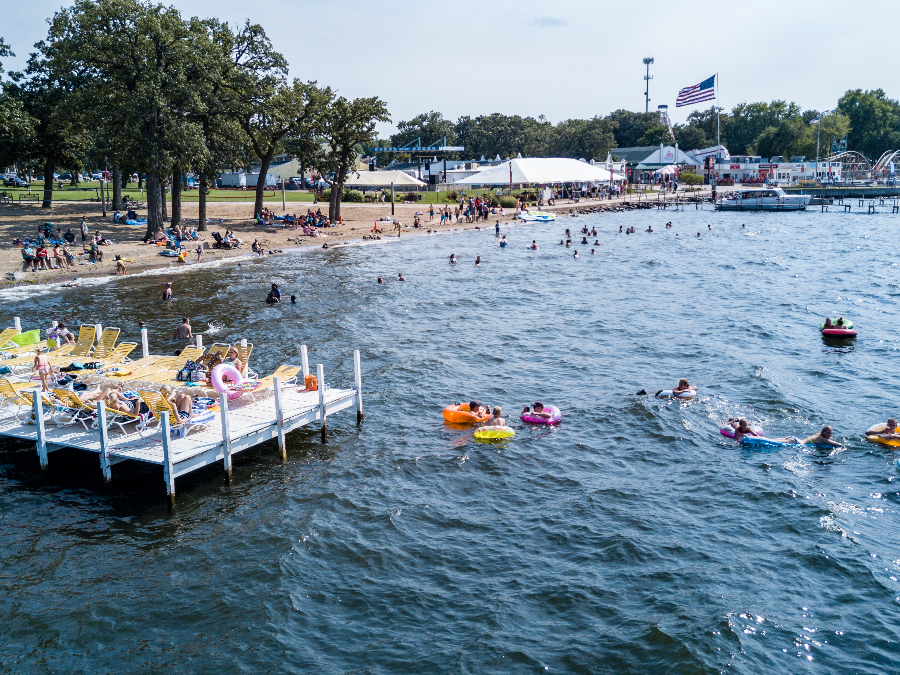
Iowa Great Lakes (Okoboji Lakes Region) is located in northwestern Iowa and is known as one of the state’s most popular vacation destinations. Consisting of lakes such as Spirit Lake, East Okoboji, and West Okoboji, this region is a favorite spot for holidaymakers during the summer months. With its clean beaches, campgrounds, and lakeside resorts, it offers an attractive environment for both families and young people. Especially the clear waters of West Okoboji Lake are among the most preferred spots for swimming, fishing, and boating.
The region is also famous for its water sports and recreational activities. Sailing, canoeing, jet skiing, and water skiing are among the most popular options for visitors. The surrounding restaurants, bars, and shopping spots make the area a lively tourist center, while concerts and festivals add color to the holiday atmosphere. Iowa Great Lakes offers visitors an unforgettable summer vacation experience not only with its natural beauty but also with its social activities.
14. Adventureland Park (Altoona) – An amusement park and water park full of fun.
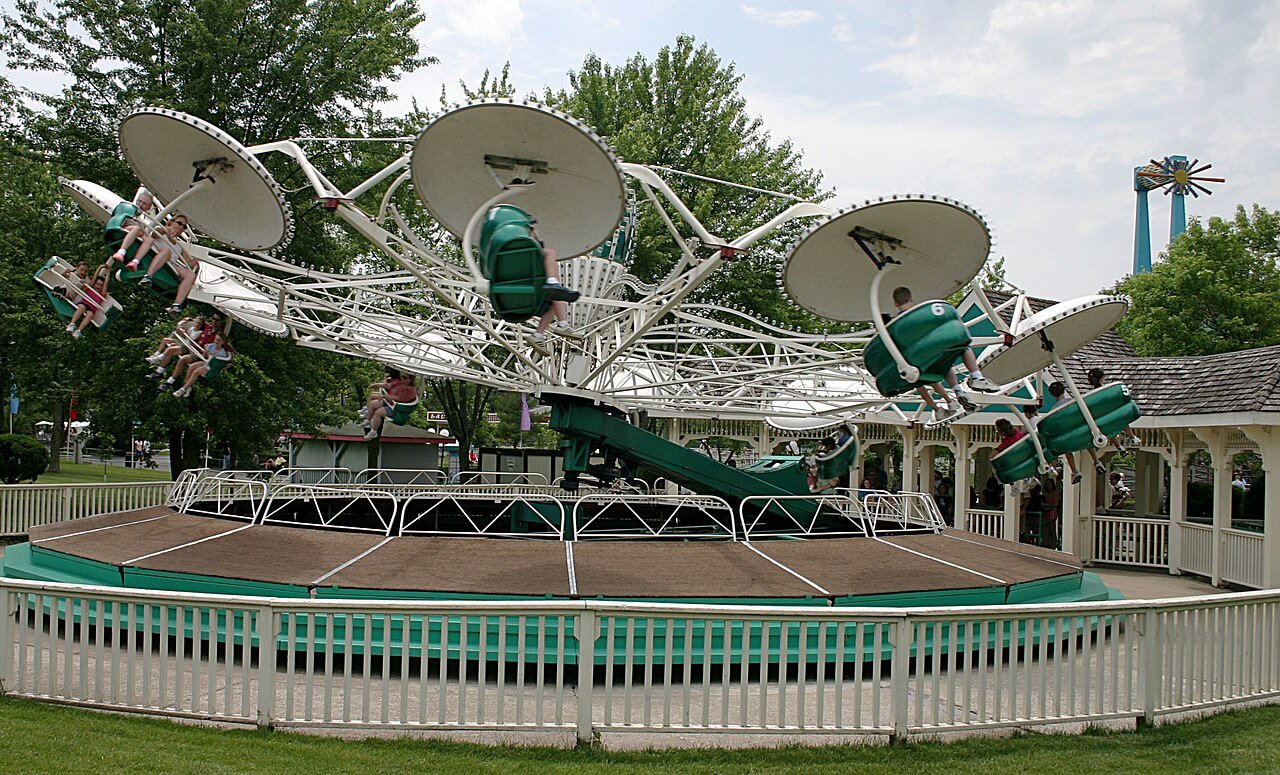
Adventureland Park (Altoona) is one of the largest amusement parks in Iowa and an attractive destination for both locals and tourists. Opened in 1974, the park offers a wide range of experiences, from classic amusement rides to modern roller coasters. With roller coasters, a Ferris wheel, bumper cars, and themed play areas, it appeals to all age groups. Families looking to spend a fun day especially enjoy the shows and children’s areas provided by the park.
Another important feature of the park is its large water park section. Wave pools, water slides, and themed swimming areas provide the perfect opportunity to cool off during the summer months. In addition, the park includes restaurants, snack stands, and stages for live performances. Adventureland Park has become one of Iowa’s most popular family destinations by offering both adrenaline-filled fun and relaxing activities.
15. University of Iowa Old Capitol Museum (Iowa City) – A historic government building, now used as a museum.
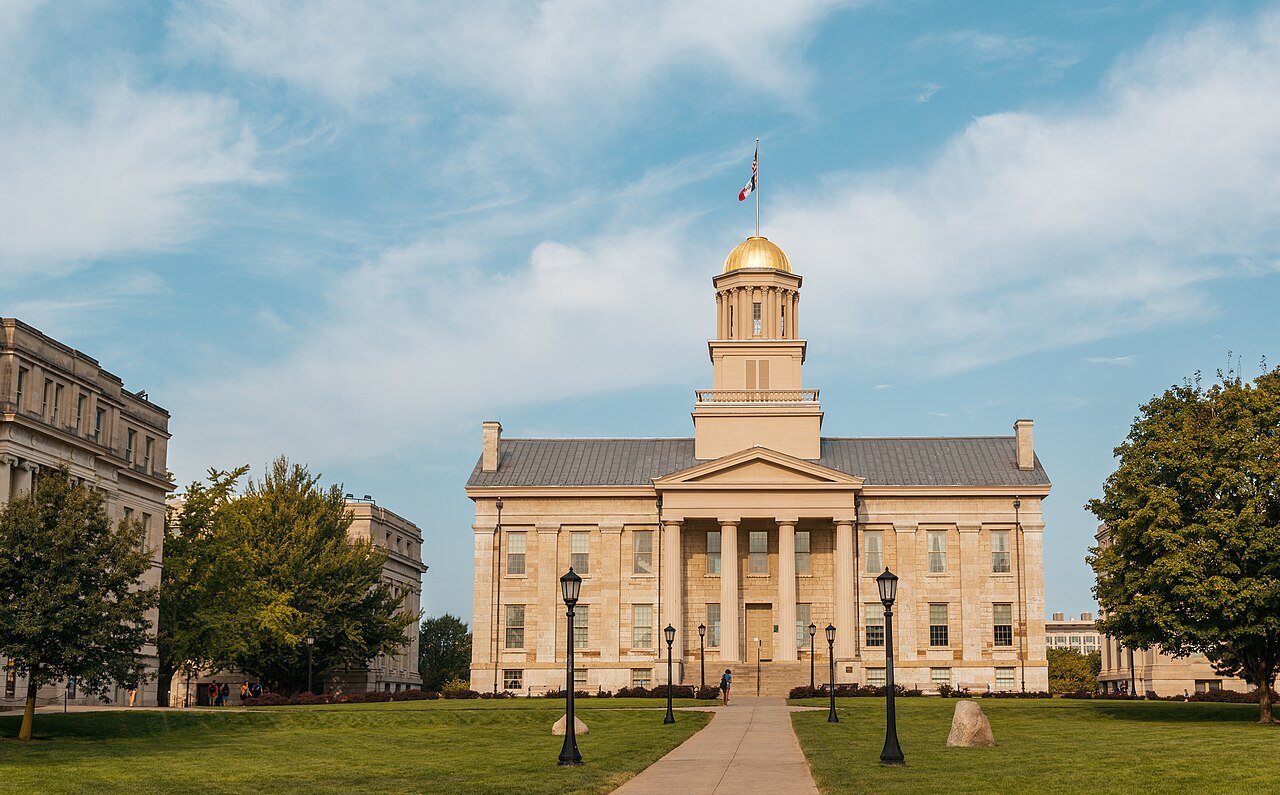
University of Iowa Old Capitol Museum (Iowa City) holds great importance in the state’s history. Built in 1842, this building served as Iowa’s first government center. After the state capital was moved to Des Moines, the building became a symbol of the University of Iowa campus. With its Neo-Classical architecture, the structure stands out, and its gold-plated dome makes it one of the most iconic landmarks of Iowa City.
Today, the Old Capitol is open to visitors as a museum. The museum’s exhibits present Iowa’s early political history, the state’s founding process, and the development story of the university. Visitors can tour the historic halls, view period documents, and examine the architectural details of the building. For both history enthusiasts and those who want to experience the campus atmosphere, the Old Capitol Museum is a cultural stop that must be seen in Iowa City.
16. Brucemore Mansion (Cedar Rapids) – A grand 19th-century mansion.
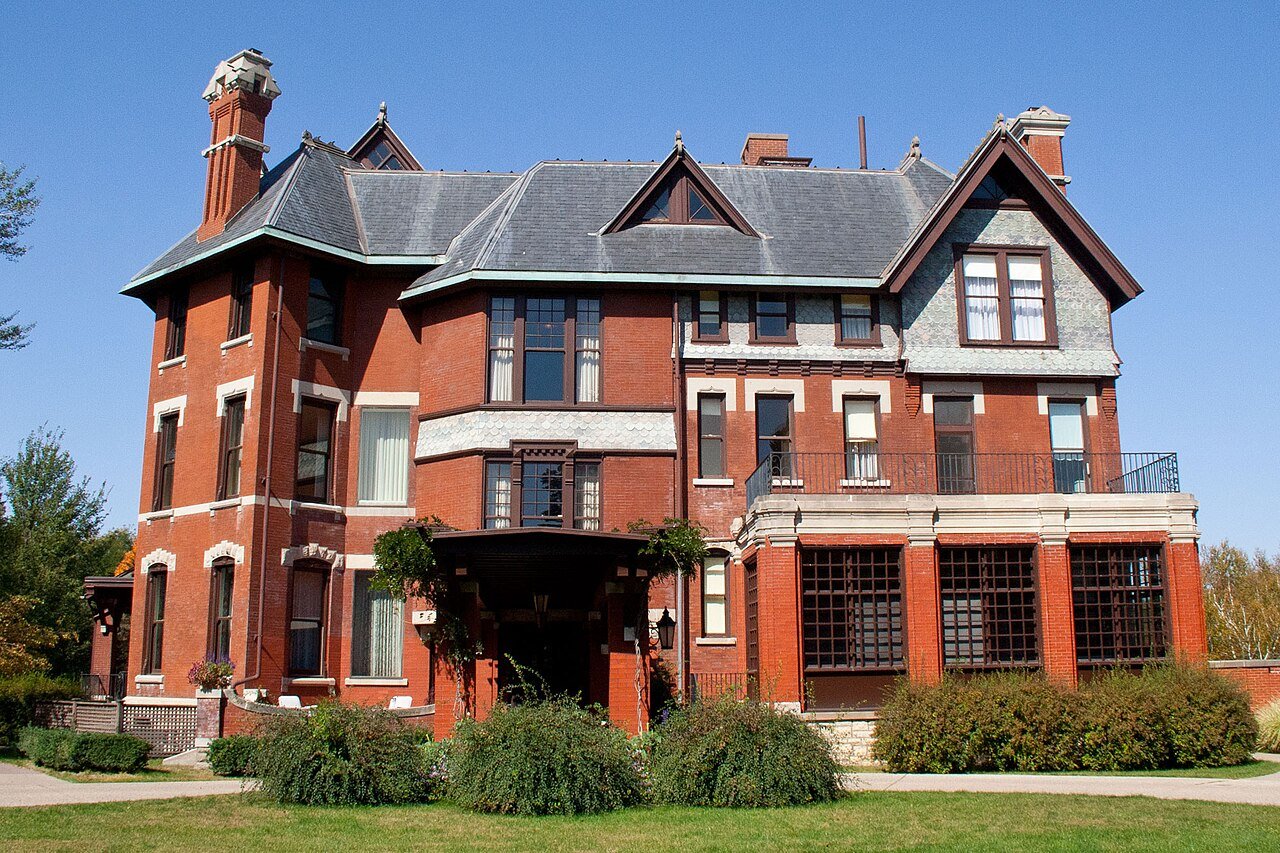
Brucemore Mansion (Cedar Rapids) is one of Iowa’s most magnificent historic buildings and has preserved its importance as a cultural heritage site from the 19th century to the present day. Built in the 1880s, this mansion served as a center of both social and cultural life during the time it was home to three prominent families. The large 21-room structure takes visitors on a journey through time with its elegant furniture, stained glass windows, and architectural details reflecting the era. Surrounded by expansive gardens and walking paths, the mansion offers an impressive atmosphere not only with its interior but also with its exterior landscape.
Today, Brucemore is used as a museum and cultural event center. It hosts concerts, theater performances, exhibitions, and community events throughout the year. Visitors can learn about both the history of the mansion and the stories of the families who lived there through guided tours. Combining history, art, and culture, Brucemore Mansion stands out as one of the most important attractions of Cedar Rapids.
17. Snake Alley (Burlington) – A historic street known as the “crookedest street in the world.”
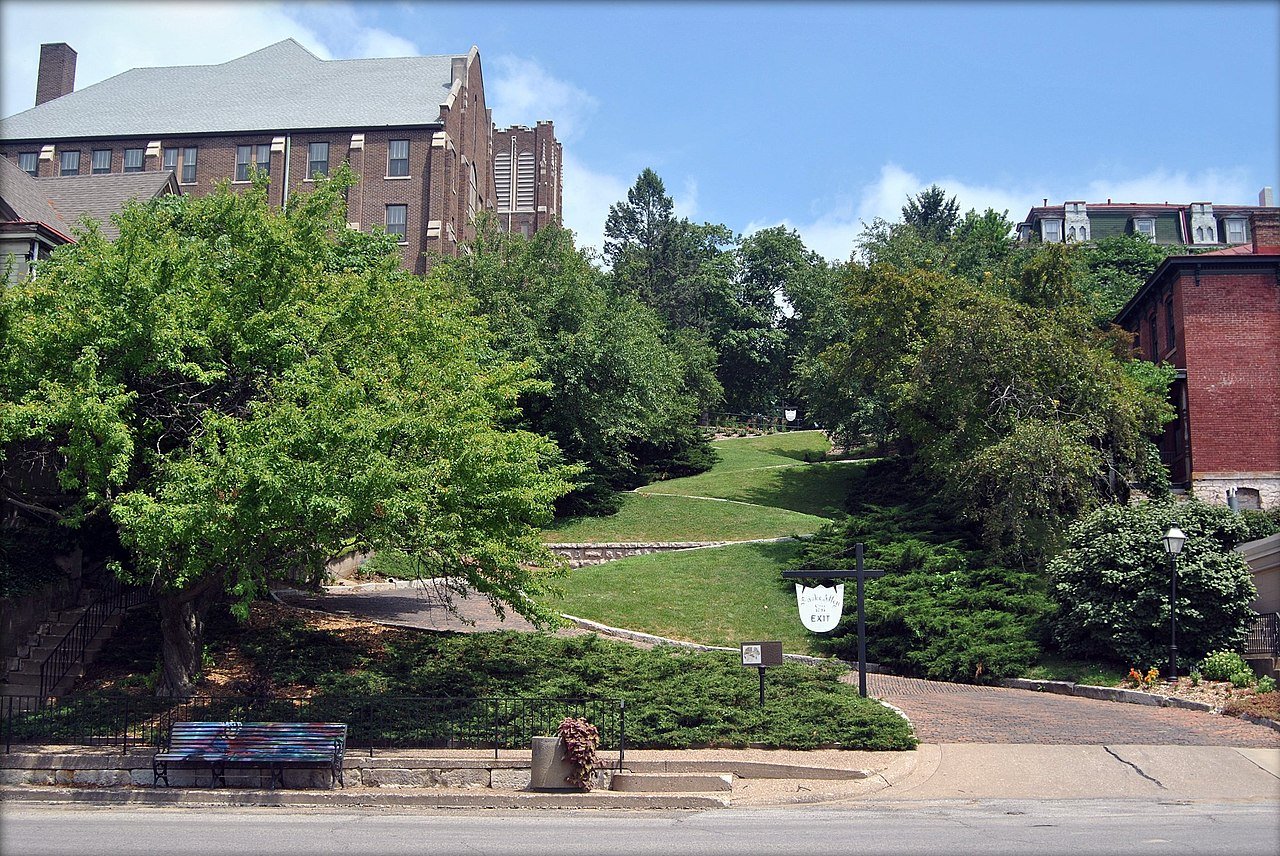
Snake Alley (Burlington) has gained fame as an architectural street rarely seen in America and even in the world. Built in 1894, this cobblestone road is only 84 meters long but stands out with its five sharp curves. Known as the “crookedest street in the world,” Snake Alley was inspired by the steep paths of the vineyards in Germany. With both its historical texture and unusual structure, this road has become one of the most iconic landmarks of Burlington.
Today, Snake Alley serves not only as a photo spot for tourists but also as a venue for various events throughout the year. In particular, the Snake Alley Criterium bicycle race, held annually, attracts great interest from athletes and spectators. The historic buildings, boutique shops, and local café atmosphere around the slope make exploring it even more enjoyable. Snake Alley is an extraordinary experience that combines both history and entertainment, and it is one of the must-see places during a trip to Iowa.
18. Dunnings Springs Park (Decorah) – A natural park famous for its waterfall.
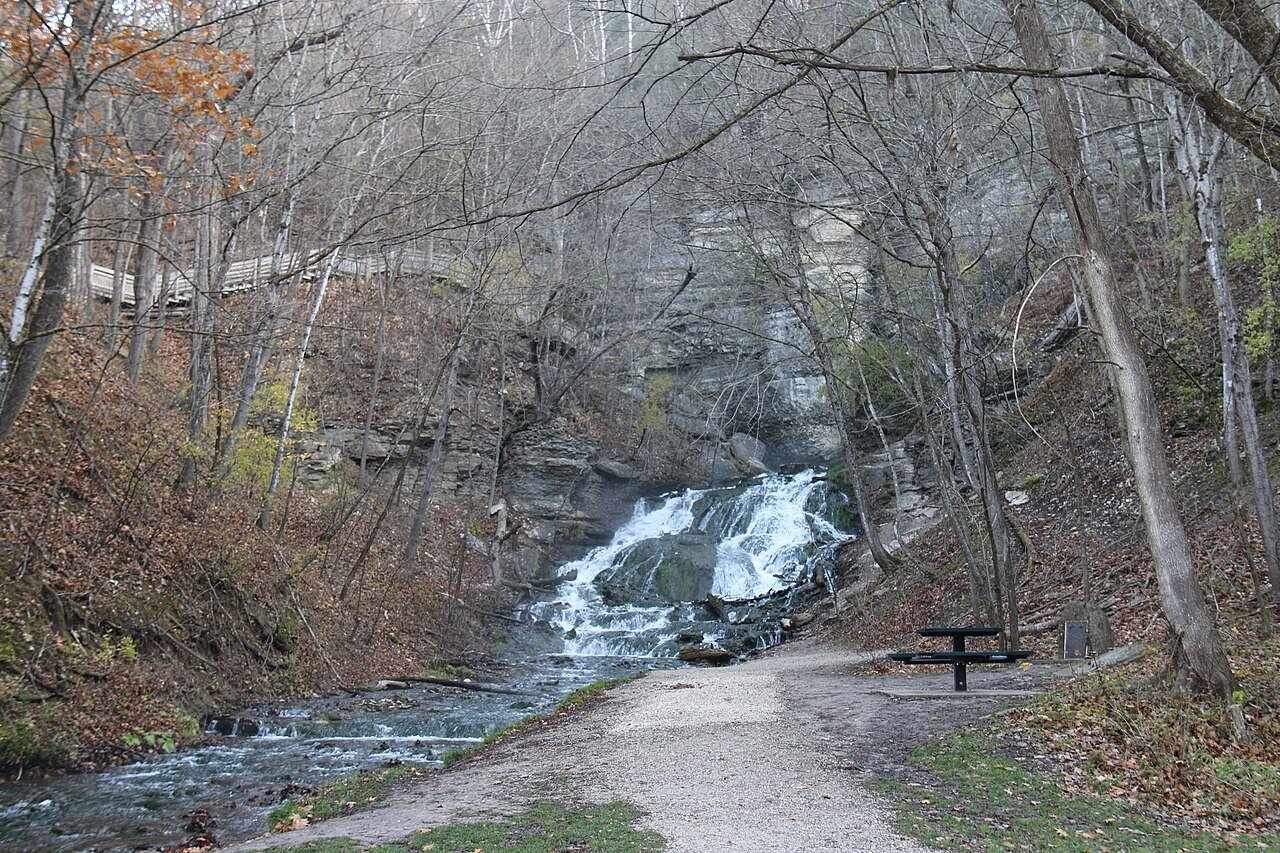
Dunnings Springs Park (Decorah) is a small but impressive park that serves as a hidden paradise for nature lovers. The park’s biggest attraction is its beautiful 60-foot waterfall, located just a few minutes from downtown Decorah. The clear waters cascading between the rocks create a magnificent view, especially in the spring and summer months. Access to the waterfall is quite easy; with short walking paths and natural steps, visitors can comfortably enjoy the scenery.
The park stands out not only for its waterfall but also for the natural beauty surrounding it. Picnic areas, hiking trails, and an atmosphere surrounded by lush trees make it an ideal destination for both short nature getaways and photography. Thanks to its quiet and peaceful environment, Dunnings Springs Park is one of the natural stops that should not be missed by those visiting Decorah.
19. Bridges of Madison County (around Winterset) – Historic covered bridges that inspired the novel and film.
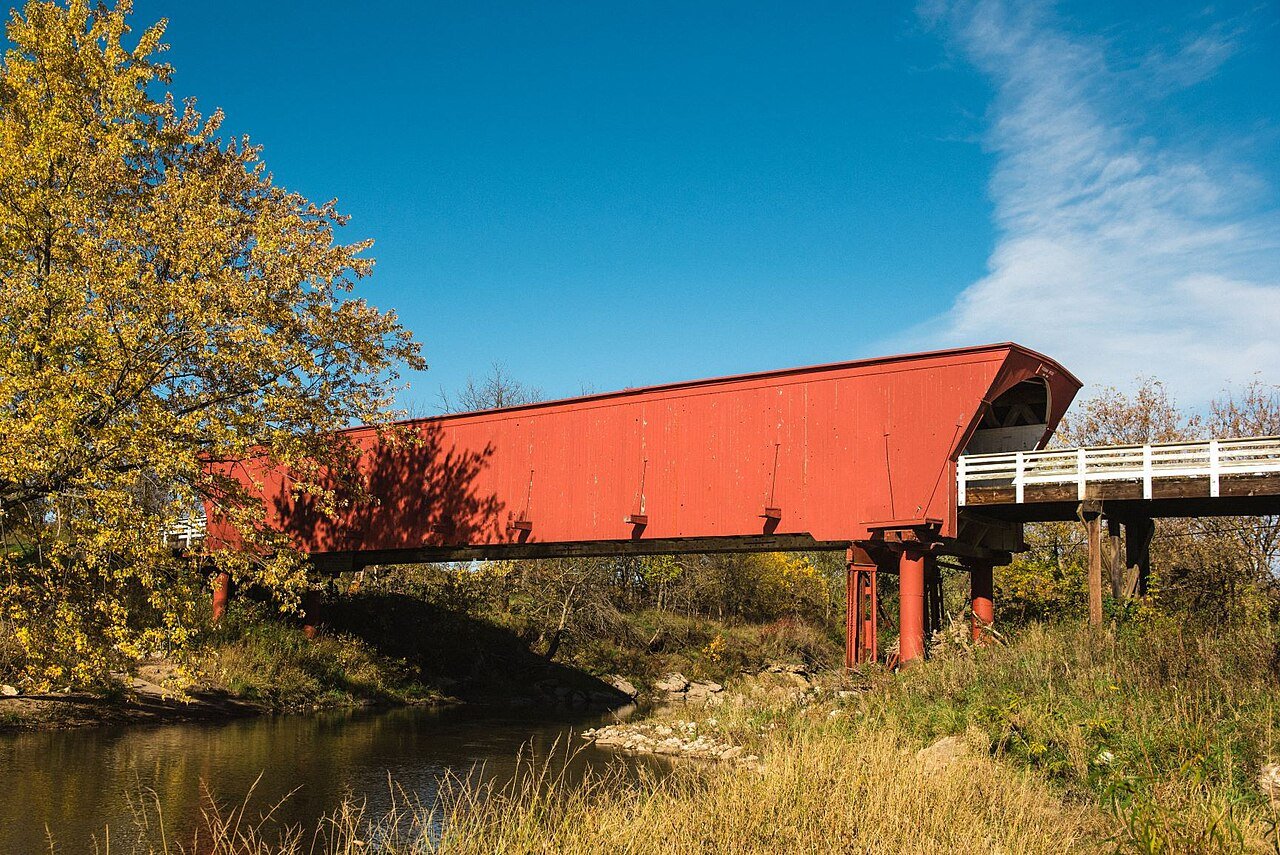
Bridges of Madison County (around Winterset) is one of Iowa’s most romantic and most visited historic landmarks. Built in the 19th century, these covered wooden bridges stand out with both their engineering designs and pastoral beauty. Most of the bridges were constructed in the 1870s and 1880s and played an important role in the daily life of the region’s agricultural community. Today, these bridges are preserved as a nostalgic symbol of American rural life and offer visitors a window into the past.
These bridges became known worldwide thanks to Robert James Waller’s famous novel The Bridges of Madison County and the film of the same name directed by Clint Eastwood. Known especially for their romantic atmosphere and visual beauty, the bridges have become a popular stop for photographers, history enthusiasts, and couples. The annual Madison County Covered Bridge Festival brings together thousands of visitors to celebrate the bridges and preserve the region’s cultural heritage. In this respect, the Bridges of Madison County is an unforgettable Iowa experience for both literature and cinema lovers.
20. Grotto of the Redemption (West Bend) – The largest man-made grotto complex in the world.
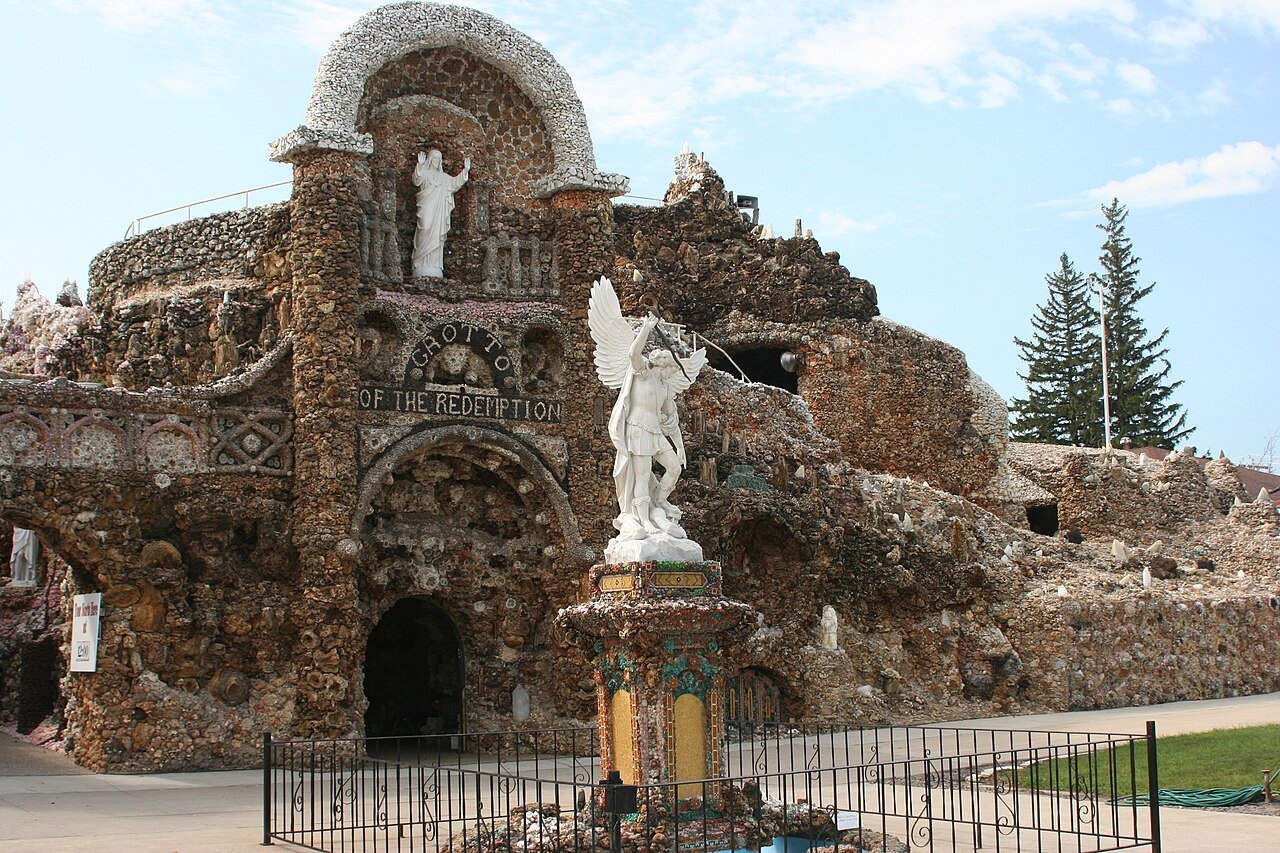
Grotto of the Redemption (West Bend) is known as the largest man-made grotto complex in the world and is also one of the most impressive religious structures in Iowa. It was started in 1912 by Catholic priest Paul Matthias Dobberstein and is the result of nearly 40 years of work. The most striking feature of the structure is that it is decorated with precious stones, minerals, rock crystals, and fossils collected from different parts of the world. These details give the grottos a unique visual splendor.
The complex consists of nine different grotto sections representing important scenes from the life of Jesus Christ. Visitors encounter a religious and artistic atmosphere in each section and feel almost the effect of an open-air cathedral thanks to the detailed craftsmanship. Every year, thousands of people visit the Grotto of the Redemption both to have a religious experience and to see this impressive combination of art and architecture. It is a must-see unique Iowa stop for both faith tourism and architecture enthusiasts.
